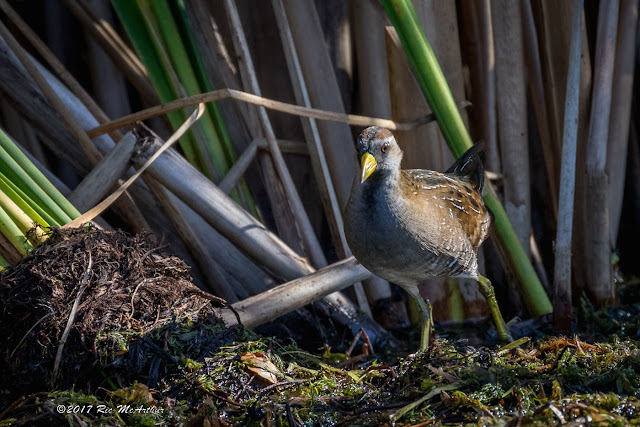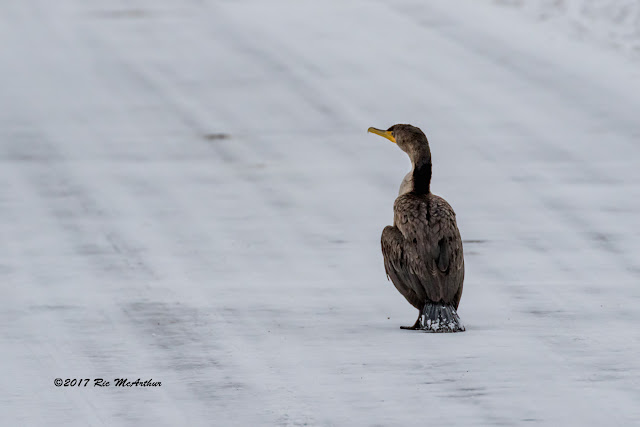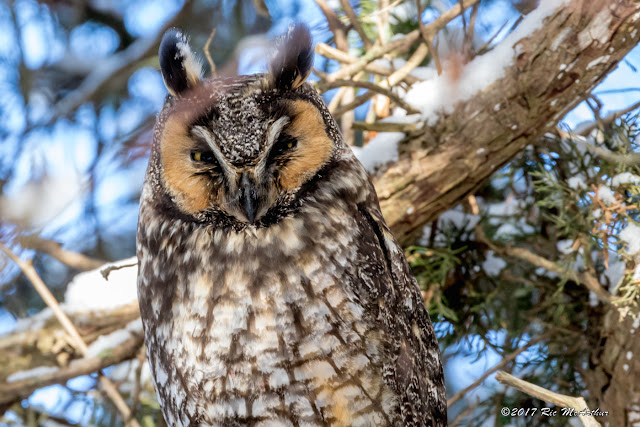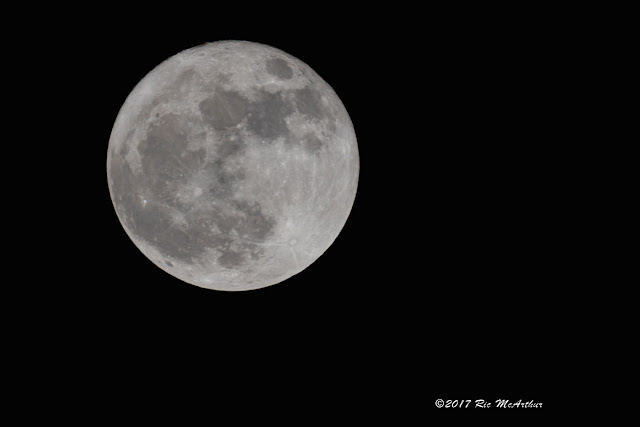Dark eyed junco, Rondeau Provincial Park.
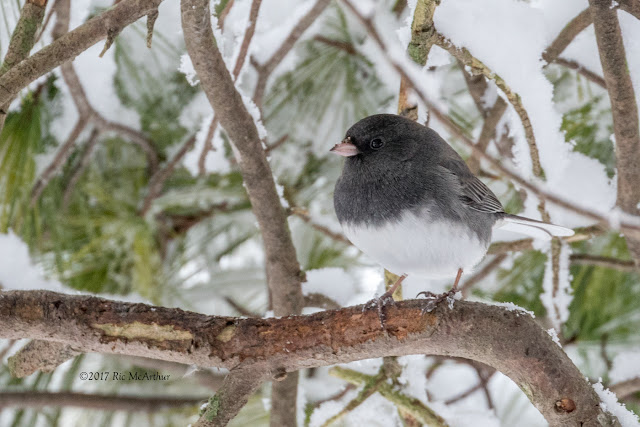
The cold snowy weather is continuing in our area. Lots of birds are coming in to our feeders and to the seed we put on the ground. Junco hyemalis Juncos are the "snowbirds" of the middle latitudes. Over most of the eastern United States, they appear as winter sets in and then retreat northward each spring. Some juncos in the Appalachian Mountains remain there all year round, breeding at the higher elevations. These residents have shorter wings than the migrants that join them each winter. Longer wings are better suited to flying long distances, a pattern commonly noted among other studies of migratory vs. resident species. source -https://www.allaboutbirds.org/guide/Dark-eyed_Junco/lifehistory



